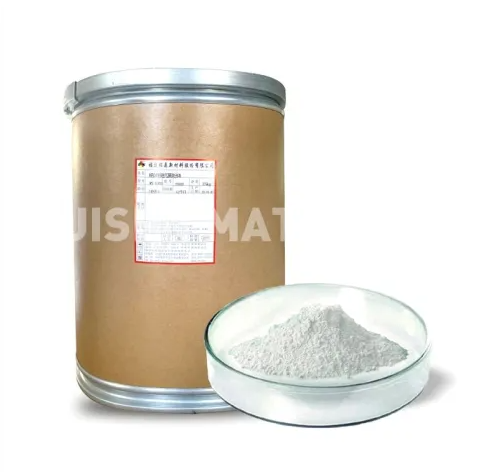What is silver powder used for?
Silver, an element long admired for its shimmering beauty, has found itself as a star ingredient in various industries due to its unique properties. Among its many forms, silver powder has gained prominence for its diverse applications across sectors ranging from electronics and medicine to art and cosmetics. This article delves into the intriguing world of silver powder and its myriad uses.
Understanding Silver Powder:
Silver powder is a fine, powdery substance composed of tiny silver particles. These particles are often created through processes like chemical reduction or electrolytic methods, resulting in a material with a high surface area and enhanced reactivity. This unique structure contributes to the remarkable properties that make silver powder valuable in numerous fields.
Electronics and Technology:
One of the most significant applications of silver powder is in the realm of electronics. Due to its excellent electrical conductivity, silver powder is used as a key component in the production of conductive inks and pastes. These inks are employed in the creation of printed circuit boards (PCBs), flexible electronics, RFID tags, and more. The fine particles in the silver powder ensure that the ink can be precisely applied, leading to accurate circuitry and reduced signal loss.
Moreover, silver powder is instrumental in the manufacturing of capacitors and resistors. Its high thermal conductivity aids in dissipating heat generated by electronic components, ensuring stable and efficient device operation. Additionally, silver powder's solderability makes it an essential material for soldering processes, contributing to the seamless assembly of electronic components.
Medicine and Healthcare:
In the medical field, silver has been renowned for its antimicrobial properties for centuries. Silver nanoparticles, including those derived from silver powder, have gained attention as potent agents for combating microbial infections. These nanoparticles exhibit a broad-spectrum antibacterial effect, making them valuable in wound dressings, catheters, and medical devices where the risk of infection is high.
Furthermore, silver has found its way into the world of modern dentistry. Silver nanoparticles incorporated into dental materials can help prevent bacterial colonization, ultimately reducing the risk of dental caries and gum diseases. The incorporation of silver powder into these materials ensures lasting protection and enhances the overall quality of dental care.
Art and Craftsmanship:
Silver powder's aesthetic appeal has made it a favorite among artists and craftsmen. It is often used in the creation of metallic paints and pigments, lending a lustrous finish to paintings, sculptures, and decorative items. The reflective and captivating qualities of silver powder contribute to the visual appeal of artworks, enhancing their overall impact.
Additionally, silver powder can be used to create intricate designs through techniques like metal embossing and gilding. These techniques leverage the malleability and shine of silver to add a touch of luxury to various art forms, from traditional paintings to contemporary mixed-media pieces.
Cosmetics and Personal Care:
In the realm of cosmetics, silver powder has made its mark due to its unique properties. Silver nanoparticles, when incorporated into skincare products, are believed to possess antibacterial and anti-inflammatory attributes. These properties make silver-infused cosmetics appealing for individuals with sensitive or acne-prone skin.
Additionally, silver powder's light-reflecting properties have led to its inclusion in cosmetics like highlighters and shimmering eyeshadows. These products create an iridescent effect when applied to the skin, enhancing facial features and contributing to a radiant appearance.
Alternative Energy and Catalysis:
The applications of silver powder extend to the realm of alternative energy. Silver nanoparticles are employed as catalysts in various chemical reactions, including those central to hydrogen fuel production and carbon dioxide conversion. Their high reactivity and selectivity play a crucial role in accelerating these reactions, making them essential for the advancement of sustainable energy solutions.
Conclusion:
In a world driven by innovation and constant discovery, silver powder stands as a testament to the remarkable versatility of an elemental substance. From revolutionizing electronics to enhancing medical care, artistry, cosmetics, and beyond, silver powder's applications touch numerous aspects of our lives. Its unique properties continue to inspire researchers, creators, and industry leaders to explore new horizons and harness the potential of this shimmering wonder. As technology advances and our understanding deepens, the future may unveil even more remarkable applications for silver powder, solidifying its place as a valuable resource across various domains.
- Previous: Exploring the Versatility of Artificial Grass Adhesive: Top 5 Practical Applications
- Next: None



